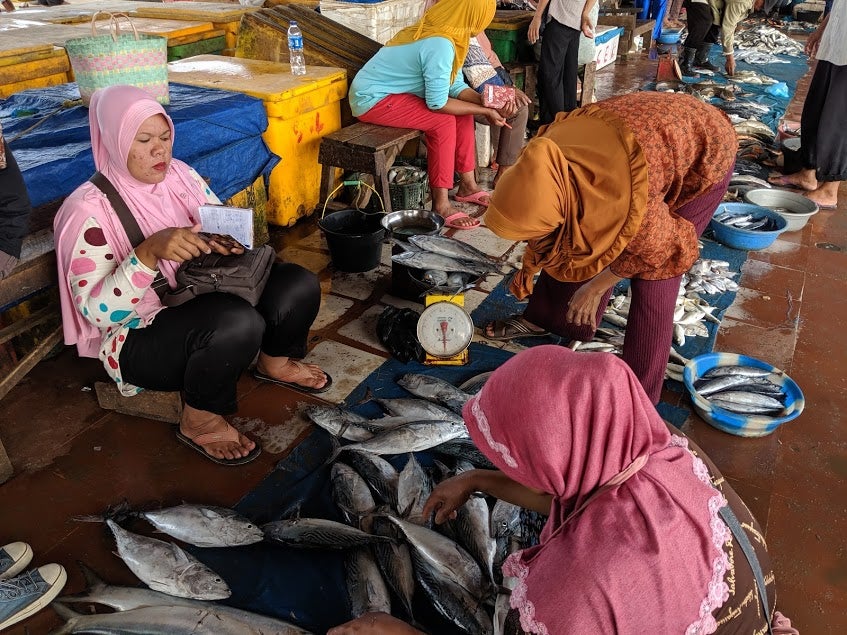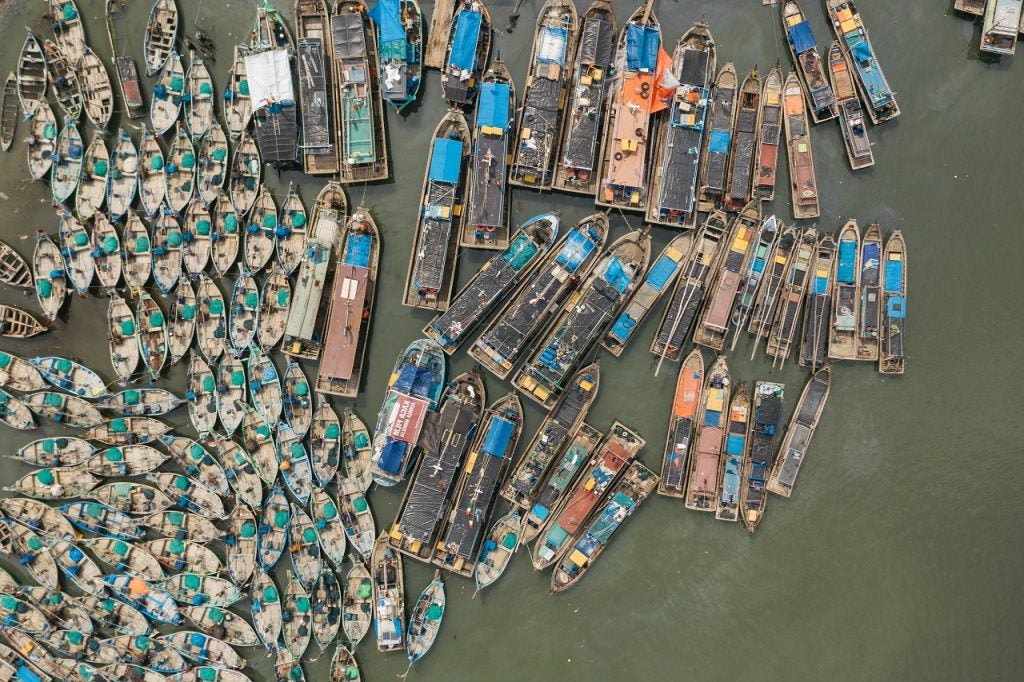By Karly Kelso, Director of Climate Resilient Food Systems at EDF, and Michelle Tigchelaar, Research Scientist at Stanford Center for Ocean Solutions
Three billion people depend on our oceans, rivers and lakes for nutritious blue foods. By 2050, our global population is expected to reach 10 billion and global demand for blue foods is expected to roughly double. Blue foods, including fish, shellfish and seaweeds, provide vital nutrients like protein, zinc, vitamin A and omega-3 fatty acids — nutrients important for all sexes and ages but especially for young children and pregnant and breastfeeding women. We must ensure that blue food systems are environmentally sustainable in a changing climate, that they can continue to nourish our global population, and that they contribute to thriving coastal communities and gender equality. Read More











